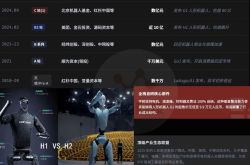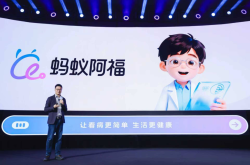Inbound Links & Talent Poaching: The OpenAI-Apple Rivalry Intensifies!
![]() 09/23 2025
09/23 2025
![]() 452
452
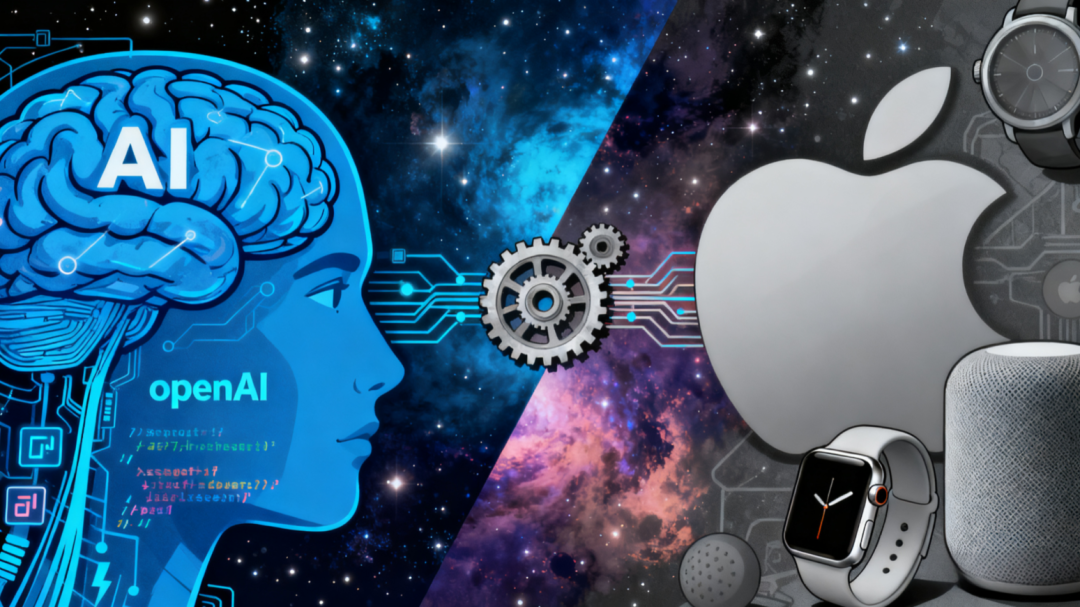
When AI powerhouse OpenAI acquired io—the company founded by Apple's former Chief Design Officer Jony Ive—for $6.5 billion, Silicon Valley sensed the sparks of an impending clash. This wasn't just a blockbuster deal; it was a strategic move to leverage Apple's most prized asset: its design DNA. Recently, OpenAI has made significant strides in its hardware strategy, officially signing an assembly contract with Luxshare Precision, China's leading electronics contract manufacturer. This partnership ensures that at least one of OpenAI's self-developed AI hardware devices will advance to mass production, marking a pivotal shift for the company—known for its large-model software—toward a coordinated "AI software + hardware terminal" ecosystem.
The news sent Luxshare Precision's shares soaring to the daily limit shortly after the market opened on the 22nd, with its market capitalization now reaching RMB 442 billion.
Other Apple supply chain partners, including Lens Technology, Cowell e Holdings, and Foxlink Precision, also saw positive market reactions. Among them, Luxshare Precision stands out due to its robust competitive edge. As a long-time contract manufacturer for Apple's flagship products like the iPhone and MacBook, Luxshare has honed expertise in precision electronics assembly, large-scale production management, global supply chain coordination, and quality control systems. Its production bases in Kunshan and Shenzhen enable a fully integrated closed-loop process, from component integration to final product testing, with the flexibility to rapidly adjust production capacity based on customer demands. 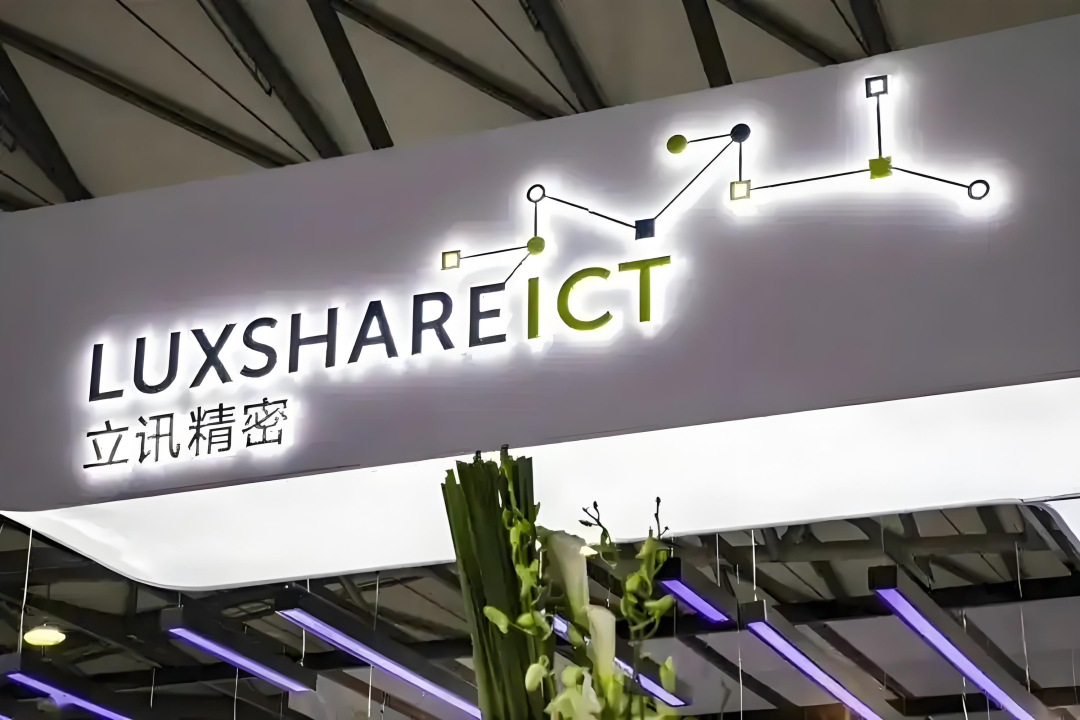
Sources reveal that in this collaboration with OpenAI, Luxshare will not only handle device assembly but may also participate in early-stage production line customization, including designing testing stations tailored to AI devices' unique functions and advanced supply chain planning. This will address OpenAI's lack of experience in consumer hardware mass production and ensure the stable delivery of its first product.
Meanwhile, OpenAI is negotiating with Goertek, another key Apple supplier, focusing on supplying critical components for future AI devices. Goertek excels in acoustic components and smart wearable device manufacturing. Its micro-speakers and noise-canceling microphone modules for the AirPods series, along with sensor integration solutions for the Apple Watch, set industry benchmarks. According to insiders, Goertek plans to supply speaker modules for OpenAI, optimized for voice interaction scenarios in display-less smart speakers. These modules will enhance far-field sound pickup sensitivity, reduce ambient noise interference, and incorporate low-power designs to extend battery life. 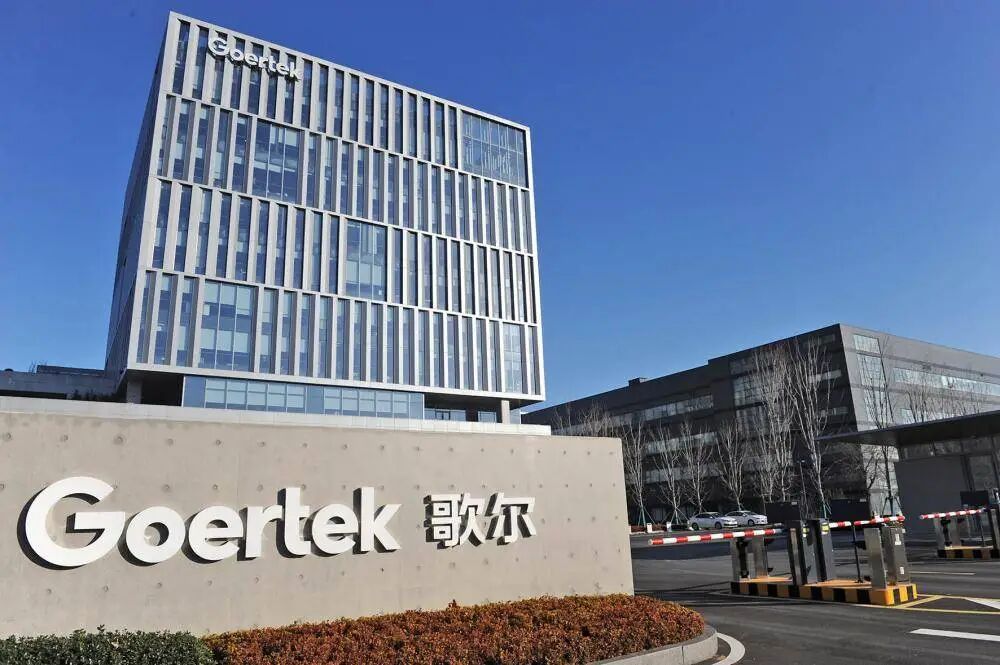
Some analysts argue that when Apple's core supply chain partners like Luxshare Precision and Goertek begin customizing production lines and acoustic modules for OpenAI, it signals a breach in Apple's once-impenetrable supply chain moat. Insider details reveal that OpenAI's hardware product matrix is taking shape, with its first key product being a display-less smart speaker.
This device will rely entirely on voice interaction as its primary interface, deeply integrating OpenAI's GPT large-model capabilities. It will support natural language multi-round dialogue and offer customized functions for home and office scenarios. For instance, at home, it can control smart devices with a single command, while in office settings, it can provide real-time meeting summaries and multilingual translation services. Without a display, the device will prioritize minimalist design and portability, enhancing audio quality through optimized algorithms to meet users' demands for clear voice interaction and superior auditory experiences.
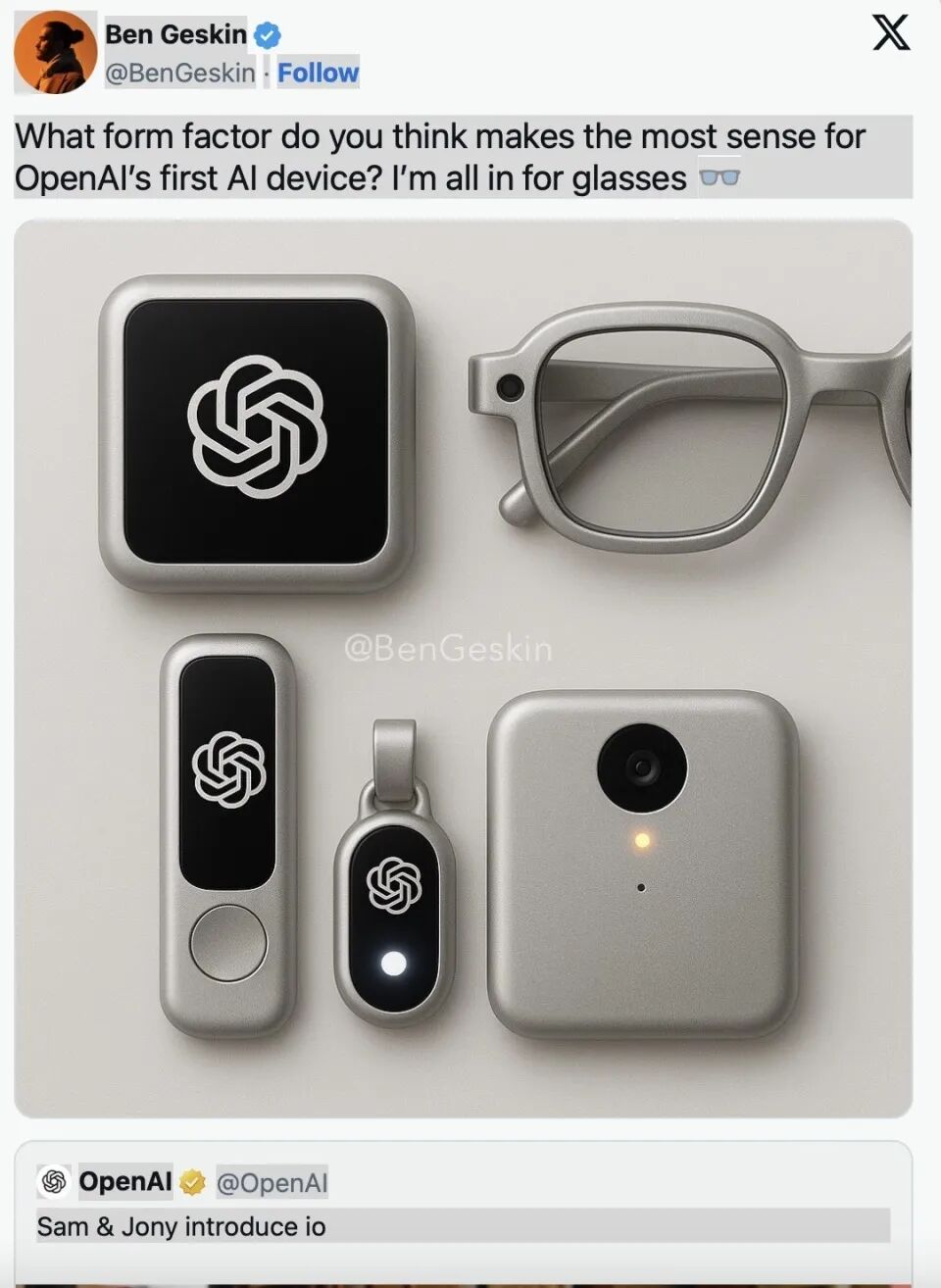
Beyond smart speakers, OpenAI is exploring multi-form AI devices. The smart glasses project will focus on lightweight augmented reality (AR), displaying information through the lenses. Users can activate the device via voice commands to access real-time weather, schedule reminders, navigation, and other services. Future iterations may integrate third-party services for broader adaptability. The digital voice recorder will cater to "AI + office" needs, boosting productivity, while the wearable brooch will serve as a "miniaturized AI interaction terminal." Compact and easy to wear, it enables quick information queries and brief conversations via touch or voice activation, with Bluetooth connectivity for cross-device synchronization.
From a timeline perspective, OpenAI's first batch of hardware products is expected to hit the market between late 2026 and early 2027. This timing aligns with the anticipated maturation of OpenAI's large-model technology, featuring improved lightweight deployment and scenario-specific adaptation, better suited for hardware devices' local computing needs. After over two years of supply chain integration and product iteration, partners like Luxshare and Goertek will have fully adapted from component supply to assembly processes, enabling large-scale product launches. Additionally, the global consumer electronics market's demand for "AI-native hardware" is rising, with users expecting more natural and convenient AI interactions, creating a favorable environment for OpenAI's hardware debut. 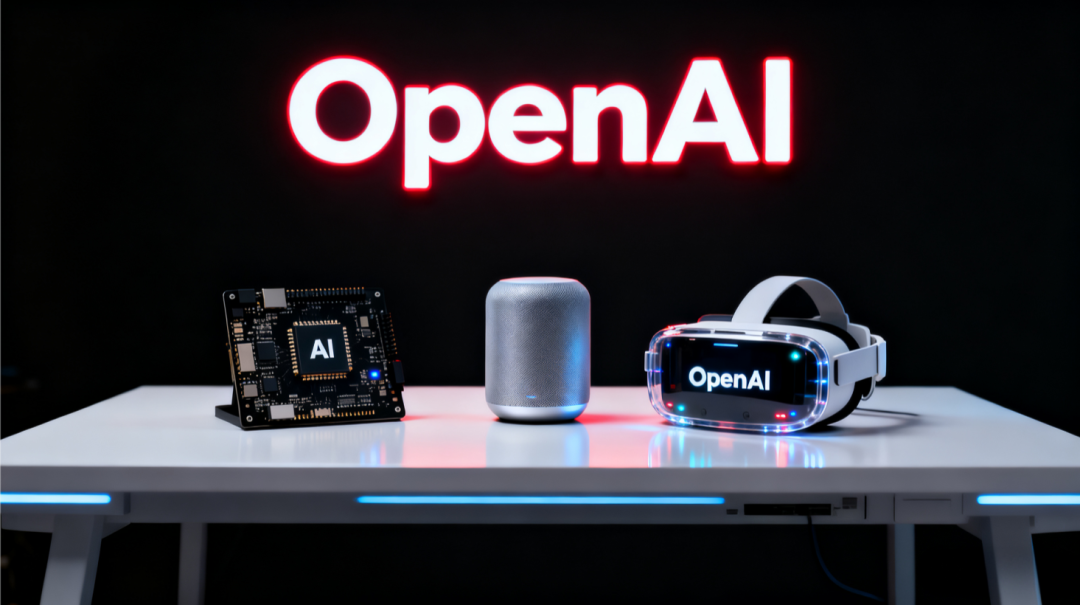
Notably, to accelerate hardware R&D and design, OpenAI has poached over 20 core consumer hardware talents from Apple since early 2024. These hires span industrial design, hardware engineering, supply chain management, and user experience design, including senior engineers who worked on iconic products like the iPhone, Apple Watch, and HomePod. These Apple veterans will directly address OpenAI's experience gap in consumer hardware, driving its products toward industry-leading standards in design, quality control, and user experience.
AI Capital Bureau believes that OpenAI's hardware strategy is not a standalone product launch but a critical step in building an "AI ecosystem closed loop." Through self-developed hardware, OpenAI can directly engage users, collect real-world interaction data, and refine its large-model technology. Meanwhile, hardware devices will serve as key carriers for its AI services, reducing reliance on third-party platforms (e.g., mobile apps, web interfaces) and solidifying its AI leadership. For domestic supply chain partners, collaborating with OpenAI offers opportunities to expand into the AI hardware sector. Technologies from companies like Luxshare and Goertek could leverage this partnership to penetrate the upstream global AI hardware supply chain and gain strategic leverage over both Apple and OpenAI. Ultimately, with Jony Ive's team blending Apple's minimalist design philosophy with OpenAI's large-model capabilities, the outcome of this rivalry may determine whether the next decade's smart devices will be defined by hardware experiences or entirely reshaped by AI.
About AI Capital Bureau
AI Capital Bureau is a professional platform dedicated to analyzing capital market trends in the artificial intelligence sector. We closely track AI companies' financial operations, including financing, listings, and mergers and acquisitions, while providing in-depth industry insights and investment opportunities for stakeholders. In an era of rapid AI technological advancement and deep capital integration, we aim to bridge AI innovation and capital markets, helping Chinese AI companies achieve value discovery and growth.
Risk Warning and Disclaimer: The market carries inherent risks, and investment decisions should be made cautiously. This article does not constitute investment advice and should not be used as a basis for actual operations. Trading risks are borne by the individual.





